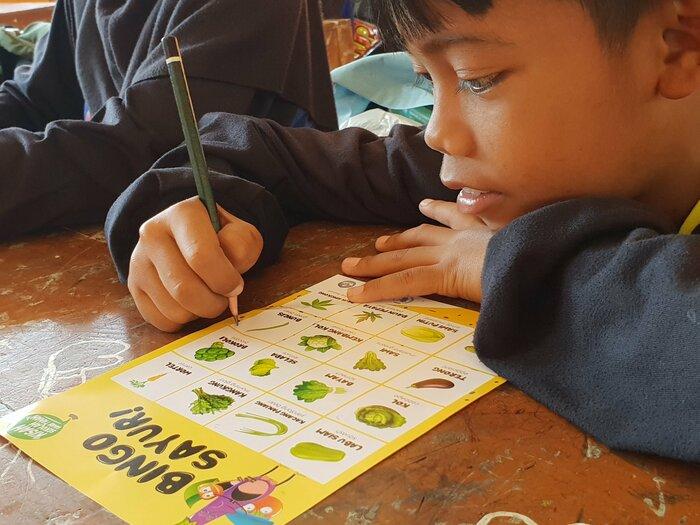Food Security and Vulnerability Atlas Helps Kupang District Target Assistance to Those in Greatest Need

Food security and social support in the Kupang District will increasingly go to those most in need, thanks to a Regent’s Decree prepared last year by the Kupang District Government, the Regional District Development Planning Office and WFP.
The decree mandates all local authorities, including those in charge of health care, agriculture, and social support, to use the Food Security and Vulnerability Atlas (FSVA) to target their food and social assistance. The Atlas, prepared jointly by the National Food Agency and WFP, assesses food insecurity down to the subdistrict level. Kupang District has over 300 subdistricts.
“Using the FSVA for planning enables us to refine the focus and targeting of food insecurity interventions,” said Marthen Rahakbauw, Head of the Kupang District Regional Development Planning Office. Kupang District is part of East Nusa Tenggara (NTT), a province that still struggles with high food insecurity rates. More than 20% of the population lives below the poverty line and nearly 40% of children under five are stunted. The National Food Agency reported that 20% of sub-districts in Kupang District were classified as vulnerable to food insecurity in 2021, a significant increase from the previous year.
In 2022, WFP and the provincial and district Governments assessed the barriers to using the FSVA as a strategic tool for food security interventions. The assessment identified the absence of a legal framework for FSVA use in joint food security interventions as a key barrier.
“Kupang District will be used as a case study, and WFP plans to support the National Food Agency to work with other cities and districts to also mandate the use of FSVA,” said Jennifer Rosenzweig, WFP Indonesia Country Director a.i. “This will help the Government reach the poorest segments of the population nationwide.”

